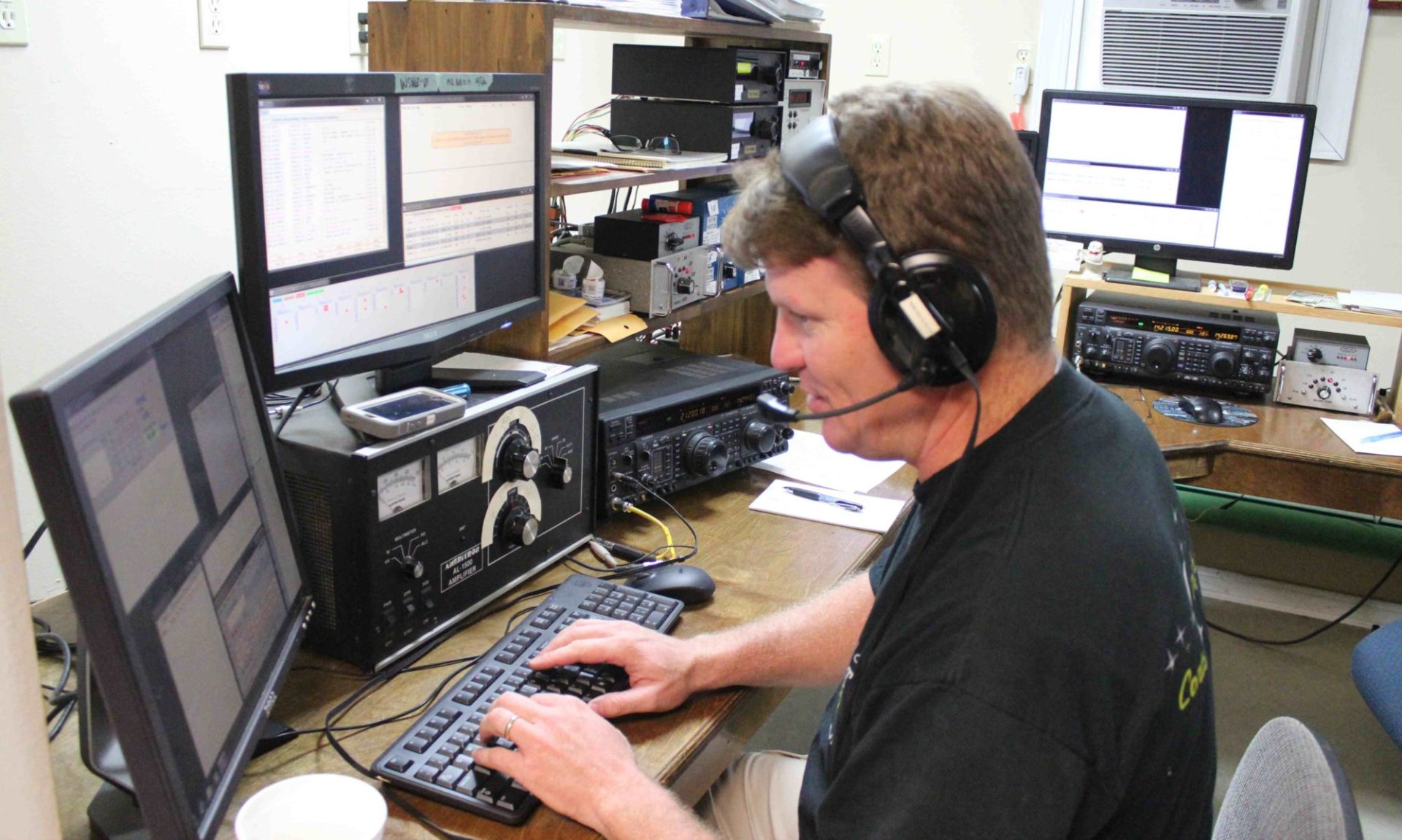Networking N1MM+ on a local area network is both easy to do and functionally desirable for a multi-operator station.
Did you know that it is also possible and relatively straight-forward to do the same thing over a Distributed Wide Area Network? Why, you may ask? I can think of several reasons: 1) some contests allow distributed operating, such as IARU HQ stations 2) Special events – here in Louisiana we recently hosted the W5L Louisiana Purchase Special Event, and just a few years back the W1AW/5 ARRL Centennial Event. 3) For a contest where one or more participants is operating the rig remotely
N1MM Logger+ networking is automatic within a single subnet, which is usually the case in local area networks. However, if you want to network across a Wide Area Network, or in rare instances where your network involves more than one subnet, auto-configuration will not work. In that case you will need to fill in computer addresses in the “Edit Computer Addresses” table exactly as assigned by the network(s). For WAN networking you must enter the external IP addresses of each LAN and also port numbers for all the computers you wish to connect to, in the format XXX.XXX.XXX.XXX:port number}. The port number is needed to permit operators to set up forwarding through their router firewalls to the right computer. If going subnet-to-subnet, you do not need to enter port numbers and the IP addresses would be the internal IP address.
The details are found on the official N1MM+ documentation site near the bottom of the page. The diagram by N9KT is very helpful. I suggest using it as a pattern to create your own cheat sheet, specific to your network.
Your router must be capable of configuring the proper port forwarding, and your “world-facing” IP address really should be a static IP address. As long as every station’s internet router is capable of port forwarding AND can specify the translation between internal and external ports per host, it is pretty easy to set up. Every computer that will be included must have the same version of N1MM+, and must be set up for the same contest with the same configuration for the contest.
73, W5WZ
